Assessing Ideal Wine In A Real World
I love wine. Wine is organic. Wine is alive. No two wines are exactly alike. Even from the same producer. People are organic. People are alive. No two people are exactly alike. Even from the same producer! Producers have an ideal that they attempt to create or achieve, be it vintner or parent. Success is ever elusive. Our experience colors our perception of that success. I love the power of language. Let’s explore the interesting intersections of wine, language and experience.
Experience is everything. Everything that a wine has experienced in its life contributes to what it is in the glass: Age, Time, Temperature, Grapes, Soil, Transportation and Human Creativity. Everything that a person has experienced contributes to what they are inside and out. As you interact with wine all that you have experienced becomes a part of that interaction: Diet, Likes, Dislikes, Imagination, Education, Relationships, Environments and Human Creativity. Since no two individuals possess exactly similar life experiences we consider their interaction with wine to be unique. It is uniquely subjective. When we taste wines, especially in groups, we can, despite our subjectivity, achieve certain levels of consensus about the characteristics of the wines we are experiencing. These positive agreements contribute to our understanding of the infinite subtleties and complexities of experiencing ideal wine in a real world. Language, for all its imperfections, is one of the most direct methods for communicating to each other what we perceive to be in the glass. The goal is to achieve clarity while avoiding pomposity! The following lists barely scratch the surface of possible vocabulary to describe wines. The options are infinite.
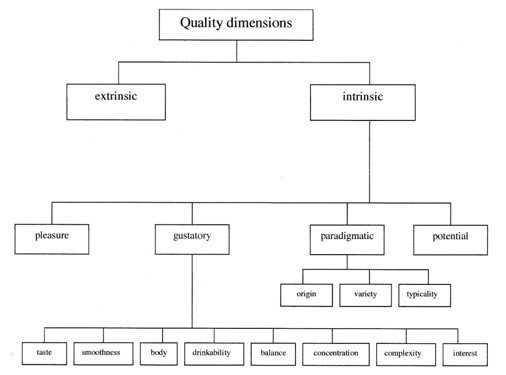
Experiential Vocabulary
Note that moving from positive to negative is a distinction of degrees. It is considered positive, for example, for a Cabernet Sauvignon to possess a light astringency. Excessive astringency is considered negative as it may imply an imbalance of fruit and structure. This being said, your personal perceptions and preferences matter. Perhaps you like your Cabs tart and excessively dry. There is no right or wrong. You do you. I believe the majority of wine drinkers seek and appreciate balance and harmony. Wines change and evolve as they age, too. Remember, we’re subjectively assessing the wine at one moment to determine its merits win, lose or draw and precisely share our observations with others.
Positive
Soft Firm Fresh Chewy Lively Tough Crisp Balanced Mouthwatering Supple Vigorous Delicate Firm Elegant Hard Dry Warm Herbaceous Ample Light Generous Sweet Vegetal Perfumey
Negative
Acidic Sour Meager Baked Stemmy Moldy Watery Corked Alcoholic Burnt Sharp Rough Shapeless Weak Tart Flabby Astringent Bitter Flat Hot Heavy Thick Coarse Green
Sensory Vocabulary
Our experiences with aromas and flavors provide us with a treasury of possible adjectives with which to discuss wine. These are derived from the fruit of the wine, the unique winemaking process of the wine and the subjective experience of the wine taster. The communication goal is to be as precise as possible with our wine language to most accurately assess and relay our perceptions. As we saw with Experiential Vocabulary, precision is achieved by degrees. Cherry tastes differently than black cherry, violets smell differently than roses and black pepper smells and tastes differently than white pepper. Colors, fruits, woods, nuts, animal and nature adjectives are represented here.
Plum Nutmeg Malt Black Pepper Leather Cherry Cloves Caramel White Pepper Vegetal Blueberry Cinnamon Cola Bell Pepper Maple Strawberry Anise Candy Mushroom Cedar Cranberry Allspice Cream Fungus Oak Raspberry Mint Vanilla Tar Vitamins Blackberry Violets Coffee Yeast Stone Currant Roses Char Butter Mineral Cassis Lavender Smoke Butterscotch Honey Boysenberry Lilac Toast Herbs Tin Orange Geranium Bacon Rain Copper Mango Sandalwood Soy Barnyard Metal
Tactile Vocabulary
All wines possess some measurable degree of texture. Texture is the way the wine feels in your mouth. By exploring simple dichotomies or contrasts, we can utilize adjectives that effectively convey our experience about the texture, weight and impact of wines.
Round/Angular Lean/Fat Full/Thin Smooth/Rough Light/Heavy Crisp/Mellow
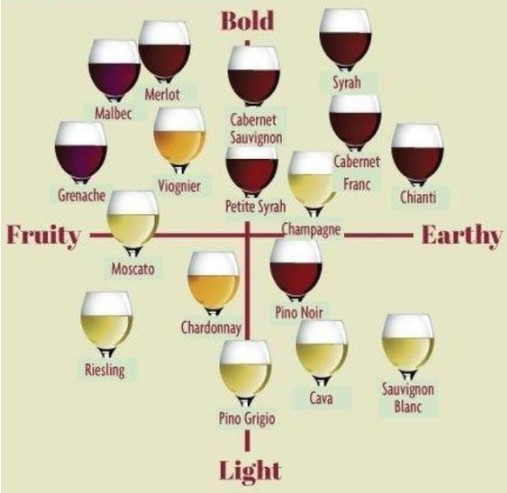
Emotional Vocabulary
I believe it is impossible to interact and experience wine without deriving some sense of the emotional personality of the wine. The vocabulary here can run the gamut from esoteric and sublime to egotistical and sexist, so be as succinct as you are sure when you try to describe your assessment of the emotional personality of the wine!
Serious/Immature Shy/Forthright Enchanting/Uptight Familiar/Mysterious Austere/Overwhelming Seductive/Insecure Sensuous/Unfeeling Engaging/Reticent Sexy/Frigid Exotic/Straightforward Amusing/Boring Masculine/Feminine Civil/Rude Intense/Uninteresting Deceptive/Honest Pretentious/Unassuming Satisfying/Unfulfilling Generous/Stingy Orgasmic/Disappointing
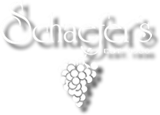

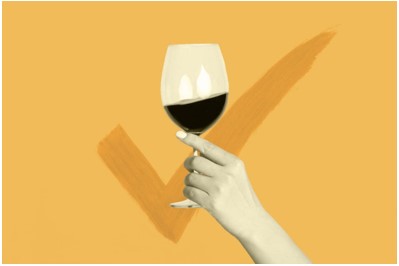

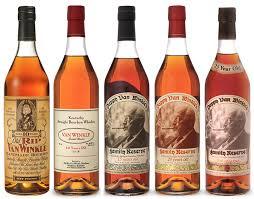


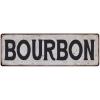


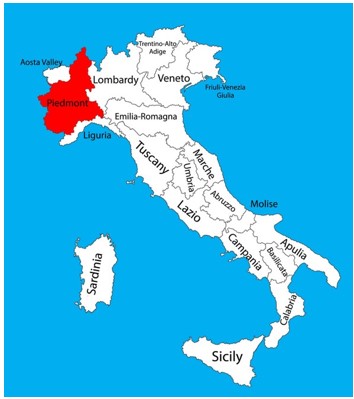
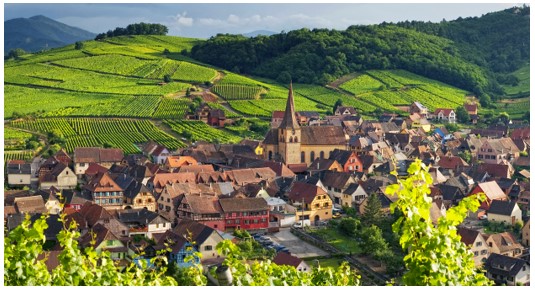
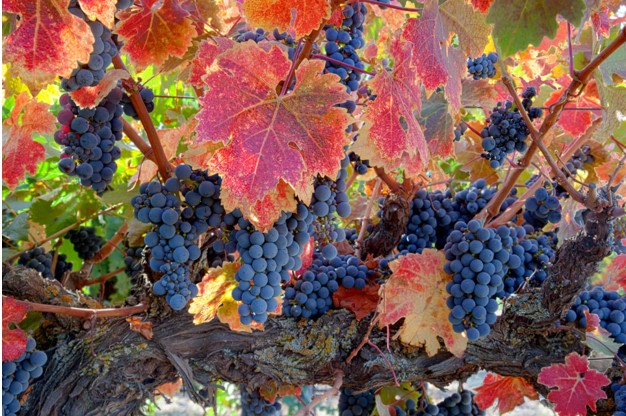
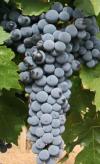
Comments